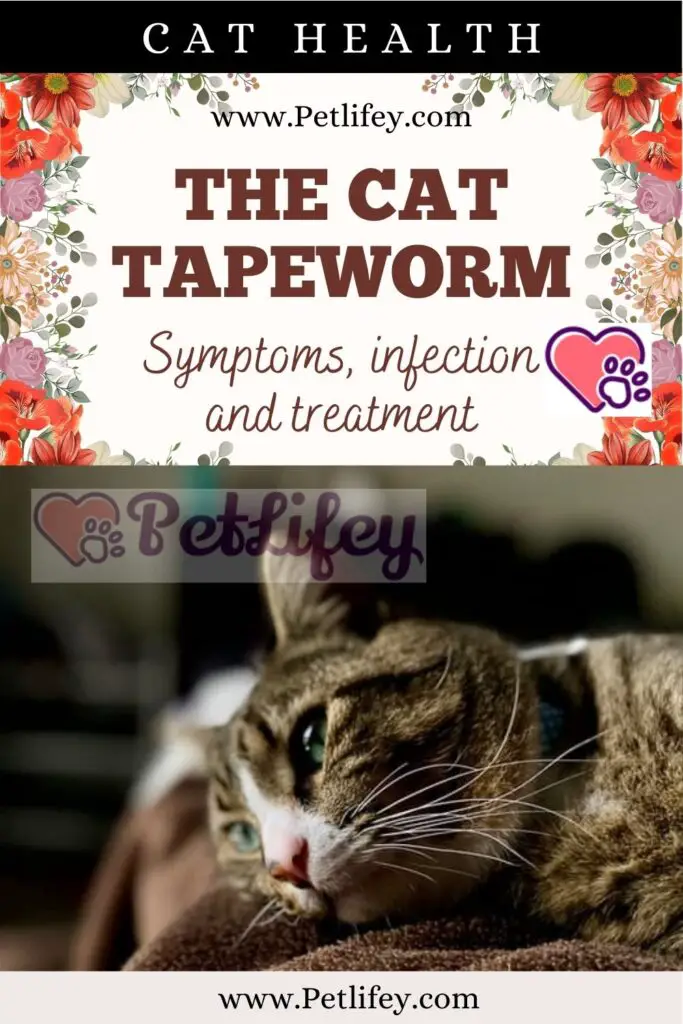
The cat tapeworm lives in the small intestine of cats and feeds on the intestinal contents. To humans, these parasites are essentially harmless, but to cats they can be very annoying. We learn to recognize: symptoms, infection and treatment.
A tapeworm infestation is often not easily detected because there are not always visible symptoms of worms in cats. In our article we will tell you what you need to know about tapeworms and how to treat it.
What are the symptoms of a cat tapeworm infestation?
A small tapeworm infestation often causes no visible symptoms in dogs. However, the cat can experience indigestion, lack of energy, lethargy, dull coat or itchiness in the anal area. If even small white bits of tapeworm are visible in the pet’s feces, then you should act quickly and take your four-legged friend to the vet.
These bits of worms look like little grains of rice and can often move around. But beware: even if they seem immobile, they are contagious. Dispose of infested stool, leaving no residue, in a tightly closed plastic bag to prevent the spread of tapeworms.
How can my pet be infected with tapeworms?
Most tapeworm parasites need a medium for their development. This means that the position of the larva does not correspond to that of the adult worm. For example, the most common tapeworm of the cat originates in the flea which acts as an intermediary, and then passes definitively to the cat which, by swallowing an infested flea, transmits tapeworm larvae to the cat. But even small rodents like mice can be tapeworm intermediaries and if our four-legged friends eat an infected mouse, they can endanger humans too.
What to do if my cat has tapeworms
From the moment it is clear that your pet has a tapeworm infestation, the cat must be dewormed immediately with a suitable drug from veterinary practice. All worm remedies used by the vet are generally well tolerated. Used correctly, they quickly and reliably kill intestinal worms.
It would therefore be ideal to thoroughly wash the pet’s fur with a mild cat shampoo, in order to rinse away any pieces of tapeworm that may stick to the hair. If this is not possible, you should at least clean the skin and hair around the animal’s anus.
Important to know: Deworming has no preventive effect, therefore animals should be examined at regular intervals for worm infestation or alternatively directly dewormed. The best way is to get advice from your pet’s doctor, asking him how often you should perform a treatment on your cat.
Preventing the risk of tapeworms for your pet

As with any disease and health issue, the best thing to do is always prevention. Let’s consider some advice on how to be attentive to the health of our cat, trying to prevent it from becoming infested with tapeworms.
Below we will list some examples:
- Constant control of fleas and parasites in cats
- Check for mice
- Check the food
- Freeze the meat before cooking it






